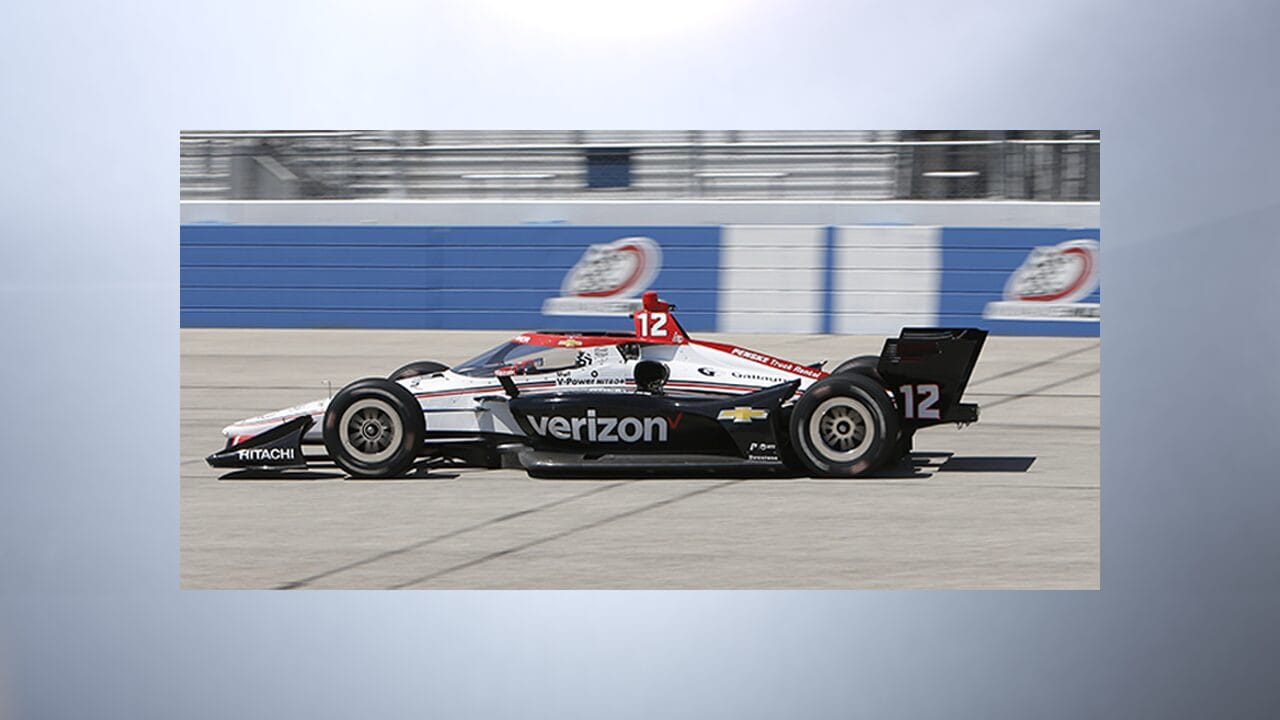IndyCar drivers put new hybrid engine through its paces at Milwaukee Mile
MILWAUKEE (WIBC) — A big mechanical shift is about to happen in the realm of North American open-wheel racing as the NTT IndyCar Series prepares to roll out its new hybrid engine in less than a month.
Drivers and teams descended on the Milwaukee Mile on Tuesday to conduct what will likely be one of the last tests of the new technology before it is implemented into full IndyCar competition at Mid-Ohio on July 7.
Tuesday’s test was the first of its kind on a shorter oval and it also marked the largest gathering of IndyCar drivers on the mile-long oval in nearly a decade.
“I’ve always loved the Mile. I think it’s a tremendous challenge,” said Graham Rahal, one of the few drivers in the paddock now that have raced on the track before.
“Great racetrack,” he continued. “Everything that they’ve done to spruce up the pit lane, fix that mess, get the boxes looking nice and everything, is very much appreciated. It was beautiful, awesome today.”
Though the session was imperative for some drivers to get reacquainted with “The Mile,” it was also imperative that IndyCar see how the hybrid engine behaved. Put simply, the hybrid engine is a push in the series’ efforts for “sustainability.” It allows drivers to harvest electrical energy from the mechanics of the car, which in turn uses less fuel.
“There’s a learning curve,” said Josef Newgarden of the hybrid. “There’s a strategy to it. How do you utilize it? It’s not just a set thing for everybody and it’s there. You can use it in a lot of different ways. There’s definitely going to be a learning curve and, I think, optionality for people to use it differently.”
Drivers spent the whole day seeing how the hybrid behaves in certain scenarios, especially in how it uses the new overtake system, which will replace the current “Push-To-Pass” system. The hybrid will also allow the drivers to “deploy” the electrical energy as they see fit throughout a race, which feeds into Newgarden’s take on “optionality.”
Marcus Ericsson said, “You can feel it deploying,” and that part of the learning curve was figuring out the right places on the race course to deploy it.
Rahal said it was hard to maximize the effects of it, but he said you could really feel the hybrid work on simulated restarts they conducted. He said it also helped in traffic when he got bogged down at times.
In all, drivers turned a combined 3,533 laps in Tuesday’s tests.
Will Power had the fastest overall lap at 161.521 mph. Power had the advantage of past experience with the hybrid on the Milwaukee Mile, having driven the first test of the engine there for IndyCar last fall. His Penske teammates Newgarden and Scott McLaughlin were right behind him for a 1-2-3 Penske day.
Newgarden urges fans not to look too much into the Penske dominance of the day.
“You’re not going to see anyone light years ahead because they are using it better,” he said. “It’s simplified in a lot of respects. I think everyone will be pretty close. You may see a different tactic that’s helping teams, but it’s not going to put any one team ahead of the other.”
There are still some bugs to work out, according to most drivers. Many have to do with the handling of the car during the deployment of energy, as Ericsson alluded to. This lack of confidence in handling, without a doubt, led to slower speeds than Newgarden’s 2015 pole speed of 169.626 mph.
Many drivers believe that the gap will close as the season gets closer to August.



